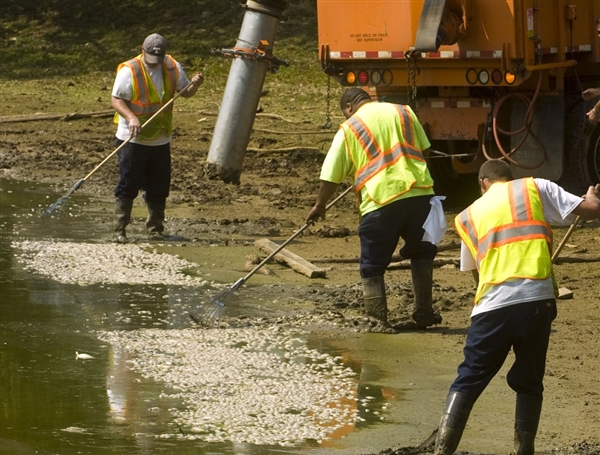
© YouTubeA great white shark follows a kayaker near Nauset beach in Orleans, Mass.
Great white sharks are making their presence known on both U.S. coasts now, with recent attacks reported in Massachusets, Florida and California.
One of the most dramatic encounters happened Saturday afternoon, when a 12 to 14-foot-long great white was seen following a kayaker. The image, featured in the video below, has since gone viral on the net.
For visitors at
Nauset Beach in MA, it was like a scene out of the movie
Jaws."All of a sudden, we saw this person in a kayak, and we saw a fin 10 feet from it," Lizzy Jenkins told
WHDH in Boston. She and others ran onto the beach to get away from the toothy shark.
As they watched in horror, the kayaker kept moving along in a relaxed manner, unaware of what was seemingly stalking him.
"There were hundreds of people on the beach, and they were all at the edge, yelling paddle paddle, paddle!" said Dave Alexander.
Another beachgoer, Haley O'Brien, said, "Everyone was screaming."



Comment: Is it the heat, or outgassing from the destabilized planet?